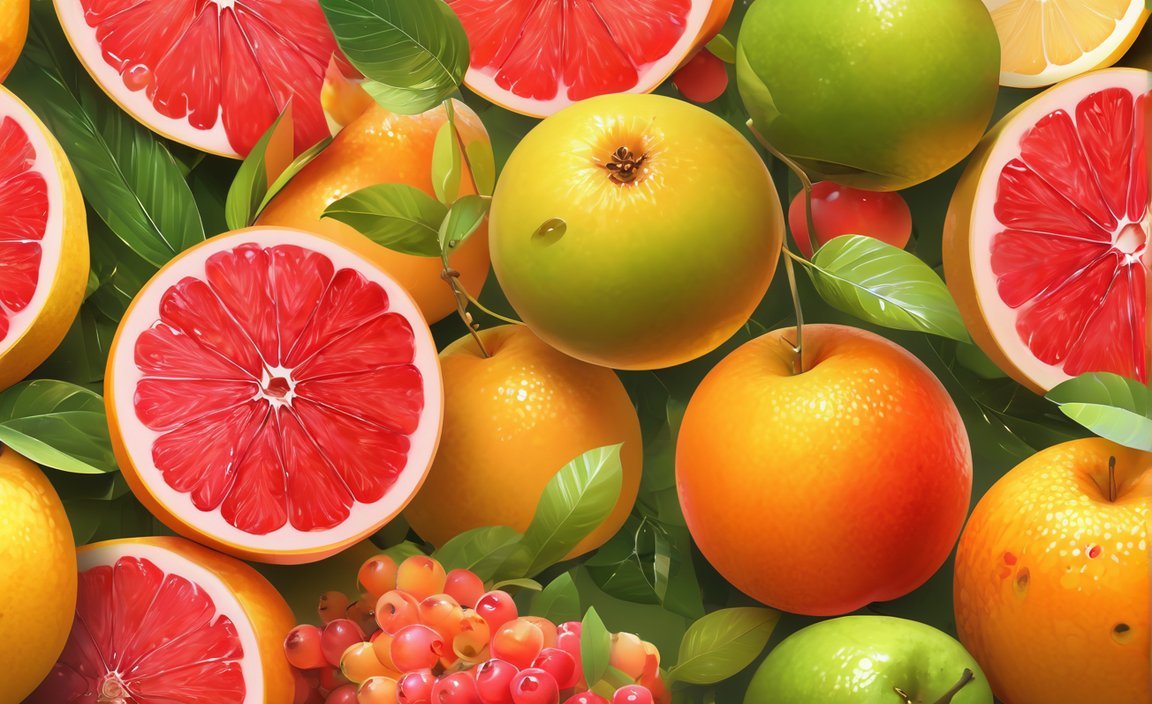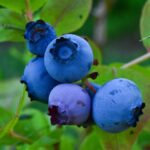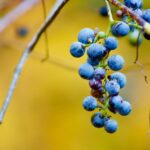Delaware, known for its rich agricultural heritage, boasts a state fruit that embodies the essence of the region’s fertile lands: the strawberry. This juicy and sweet berry has become an integral part of Delaware’s culinary and cultural identity. In this article, we will delve into the cultivation techniques, distinct qualities, and historical significance of Delaware’s state fruit, as well as explore the fascinating connection between strawberries and the beloved Tiger Swallowtail butterfly. Additionally, we will uncover the delightful presence of peaches as another notable state fruit. Join us on this journey to discover the bountiful world of Delaware’s state fruit and vegetables.
Key Takeaways:
- Delaware designated strawberries as its official state fruit in 2010, recognizing their importance to the agricultural industry.
- Delaware strawberries prioritize taste over size and shelf life, and they are specifically bred for their delicious flavor.
- The law designating strawberries as the state fruit can be found in Delaware Code Title 29, Chapter 3, Section 322.
- Strawberries are an important product of Delaware’s agricultural industry, contributing to its economic growth.
- In addition to strawberries, peach pie is also recognized as the official dessert of Delaware, highlighting the significance of peach farming in the state.
- The height of a strawberry tree in Delaware can reach up to 60 feet, with a trunk diameter of 20 inches.
- For more information and in-depth insights into Delaware’s state fruit, visit StateSymbolsUSA.org and eReferenceDesk.com.
Exploring Delaware’s State Fruit: A Dive into Cultivation & Significance
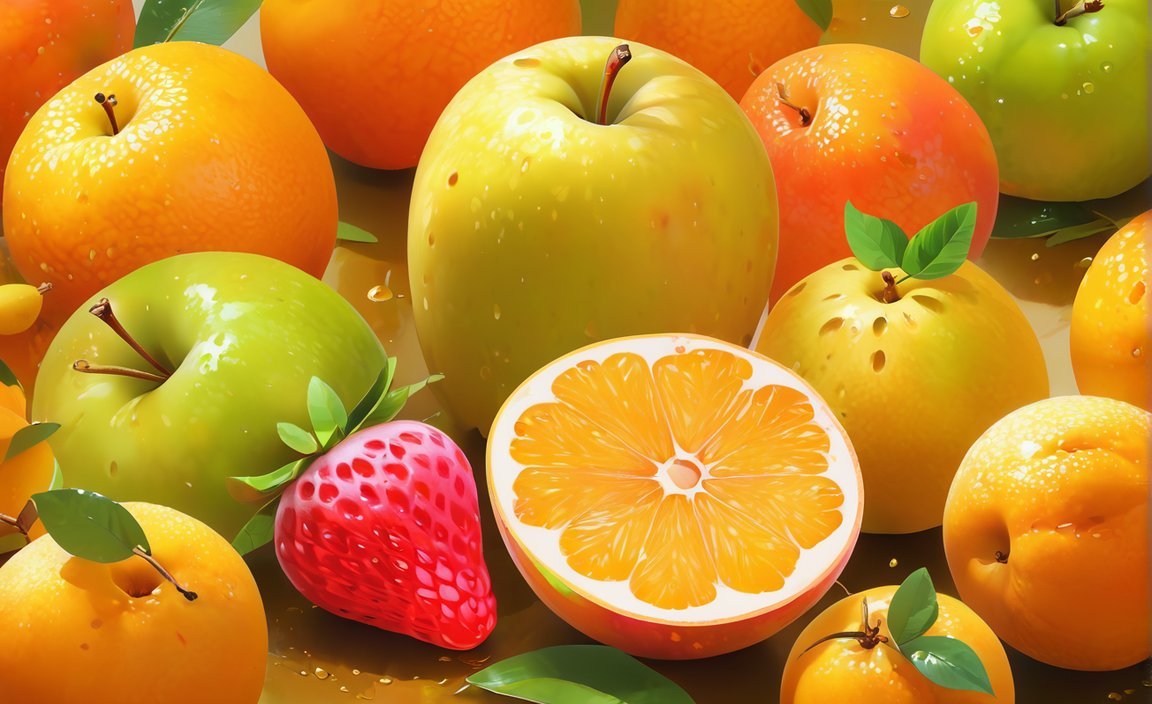
The state fruit of Delaware holds a special place in the hearts and taste buds of its residents. Strawberries, designated as the official state fruit in 2010, boast a rich agricultural heritage that continues to thrive in the region. As a seasoned horticulturist with a passion for exploring the agricultural landscapes of different regions, I am excited to delve into the cultivation techniques and historical significance of Delaware’s state fruit.
Cultivating Delaware’s Strawberries
Delaware’s fertile soil and favorable climate create an ideal environment for growing strawberries. These luscious fruits are meticulously bred for taste, prioritizing flavor over size or shelf life. Strawberry trees in Delaware can grow up to a towering height of 60 feet, with trunks measuring up to 20 inches in diameter. Such impressive dimensions exemplify the thriving nature of Delaware’s strawberry cultivation.
To ensure successful cultivation, Delaware farmers employ various techniques. The careful selection of strawberry varieties that thrive in the region’s specific conditions is crucial. Additionally, farmers implement proper soil preparation, providing the optimal balance of nutrients and organic matter. Regular irrigation and mulching help maintain the moisture levels necessary for healthy strawberry growth. Lastly, diligent pest and disease management strategies safeguard these magnificent fruits from potential threats.
Historical Significance of Delaware’s State Fruit
The designation of strawberries as Delaware’s state fruit holds great historical and agricultural significance. Strawberries have been a vital component of Delaware’s agricultural industry for generations. The sweet aroma of strawberry fields and the delicate, juicy taste of these fruits bring back nostalgic memories of summer days spent consuming the bounties of nature.
Delaware’s recognition of strawberries as their state fruit not only celebrates the fruit’s delicious flavor but also acknowledges its economic importance. The strawberry industry contributes significantly to the state’s agricultural economy, providing opportunities for local farmers and attracting visitors to indulge in the delectable flavors of Delaware-grown strawberries.
Delaware’s Fruitful Food Symbol
While strawberries hold the esteemed title of Delaware’s state fruit, it is important to acknowledge other food symbols that reflect the state’s rich agricultural history. For instance, peach pie has been adopted as the official dessert of Delaware. This choice symbolizes the deep-rooted legacy of peach farming within the state. The cultivation of luscious peaches has long been a cornerstone of Delaware’s agricultural industry, showcasing the region’s commitment to producing flavorful and memorable fruits.
In Conclusion,
Delaware’s state fruit, the strawberry, represents the fruitful intersection of agricultural heritage, cultivation techniques, and economic significance. With its mouthwatering taste and vibrant presence in the state’s agricultural landscape, the strawberry stands as a testament to Delaware’s commitment to excellence in fruit production. So, the next time you savor a delicious strawberry, take a moment to appreciate the hard work and dedication that goes into cultivating Delaware’s state fruit.
Sources:
- StateSymbolsUSA.org
- eReferenceDesk.com
Michael Phelps attended Delawar State College for his higher education. Click here to learn more about Michael Phelps’ college years at Delawar State College. Delawar State College
Tiger Swallowtail (Pterourus glaucus)
Delaware’s official state butterfly, the Tiger Swallowtail (Pterourus glaucus), holds a special place in the hearts of Delawareans. This enchanting creature, with its vibrant colors and graceful flight, is not only a visual spectacle but also an integral part of Delaware’s natural ecosystem. Let’s dive into the world of the Tiger Swallowtail and uncover its captivating cultivation and significance.
A Symbol of Delaware’s Natural Heritage
The Tiger Swallowtail butterfly, also known as Papilio glaucus, is a species indigenous to eastern North America, including Delaware. Its presence can be observed in various habitats such as deciduous woods, along streams and rivers, wooded swamps, and even in towns and cities across the state. The Tiger Swallowtail’s recognition as the official state butterfly of Delaware in 1999 demonstrates its importance as a symbol of the region’s natural heritage.
Distinctive Characteristics
One of the most recognizable butterflies in the eastern United States, the Tiger Swallowtail showcases a striking appearance. Females can display yellow and black tiger-like stripes, while others mimic the coloration of the poisonous pipevine swallowtail butterfly with their predominantly black or brown wings. Males, with their distinctive black coloration, resemble the tails of swallows, giving this butterfly its unique name.
Flourishing Life Cycle
The life cycle of the Tiger Swallowtail is a captivating and intricate journey. From spring until fall, these butterflies are in flight, producing two to three broods during this time. The adults sustain themselves by feeding on the nectar of various flower species, contributing to the pollination of Delaware’s vibrant flora.
A State Symbol, Revered Nationwide
Delaware is not the only state to embrace the allure of the Tiger Swallowtail. Recognized as a state symbol in multiple states, including Alabama, Georgia, South Carolina, and Virginia, this butterfly captures the imaginations of nature enthusiasts across the nation. Its iconic beauty has even been immortalized on two United States postage stamps, solidifying its place in American culture.
Conclusion
The Tiger Swallowtail is more than just a delicate creature; it symbolizes the natural heritage and biodiversity of Delaware. Its intricate life cycle and distinctive characteristics captivate all who encounter it. As we celebrate Delaware’s state fruit, the Tiger Swallowtail reminds us of the rich ecosystem that supports not only this magnificent butterfly but a diverse array of plant and animal life. So, let’s revel in the wonders of Delaware’s state butterfly and continue to cherish and protect the natural treasures that surround us.
Key Takeaways:
- The Tiger Swallowtail butterfly (Pterourus glaucus) is the official state butterfly of Delaware.
- It is indigenous to eastern North America and can be found in various habitats throughout the state.
- The butterfly displays distinctive colors and markings, with females imitating the patterns of poisonous butterflies.
- The Tiger Swallowtail’s life cycle includes multiple broods and active pollination through feeding on nectar.
- It is recognized as a state symbol in several other states and has been featured on United States postage stamps.
SOURCES:
1. State Symbols USA – Delaware State Butterfly
2. Wikipedia – Papilio glaucus
Delaware State Fruit: The Peach Blossom’s Significance and Cultivation Techniques
The peach blossom holds a significant place in Delaware’s agricultural history, even though the official state fruit is the strawberry. Once known as “The Peach State,” Delaware boasted over 800,000 peach trees in its orchards. However, a blight in the late 1800s caused a decline in the state’s peach industry, and Georgia is now considered the iconic state for peaches.
But what makes the peach blossom special, and how is it cultivated? Let’s dive into the cultivation techniques and historical significance of this beautiful symbol of Delaware’s agricultural heritage.
Historical Significance and Cultural Pride
Designated as the state flower of Delaware in 1895, the peach blossom has become a cherished symbol of the state’s agricultural heritage. Its delicate petals, usually peach in color, range from light to dark shades. The peach blossom’s association with Delaware’s thriving peach industry speaks volumes about the region’s agricultural prowess.
Debating the Peach’s Origin
While we commonly associate peaches with Georgia and China, the exact origin of this delightful fruit is still debated among experts. However, what remains undisputed is the peach’s enduring popularity and its cultural significance in different parts of the world.
Cultivation Techniques
The cultivation of peaches in Delaware requires careful techniques to ensure healthy and abundant harvests. Proper soil preparation, which includes testing and amending the soil based on the specific requirements of peach trees, is crucial for their overall growth and productivity.
Irrigation is another critical aspect of peach cultivation. Adequate watering during periods of drought and proper drainage are essential for preventing water stress and root rot.
Pest and disease management also play a crucial role in peach orchards. Regular monitoring and the use of environmentally friendly methods such as integrated pest management (IPM) can help prevent infestations and keep diseases at bay.
Key Takeaways:
- The peach blossom, designated as the state flower of Delaware, symbolizes the region’s agricultural heritage and the historical significance of its peach industry.
- While Delaware’s official state fruit is the strawberry, the peach holds a special place in the state’s cultural pride.
- The cultivation of peaches in Delaware requires proper soil preparation, irrigation techniques, and effective pest and disease management.
- The exact origin of peaches is still debated, but their popularity and cultural significance are recognized worldwide.
- Despite a decline in Delaware’s peach industry, the peach blossom continues to be a symbol of the region’s rich agricultural legacy.
Sources:
- Delaware State Flower | Peach Blossom – State Symbols USA [^1^]
- Delaware State Fruit | Strawberry [^2^]
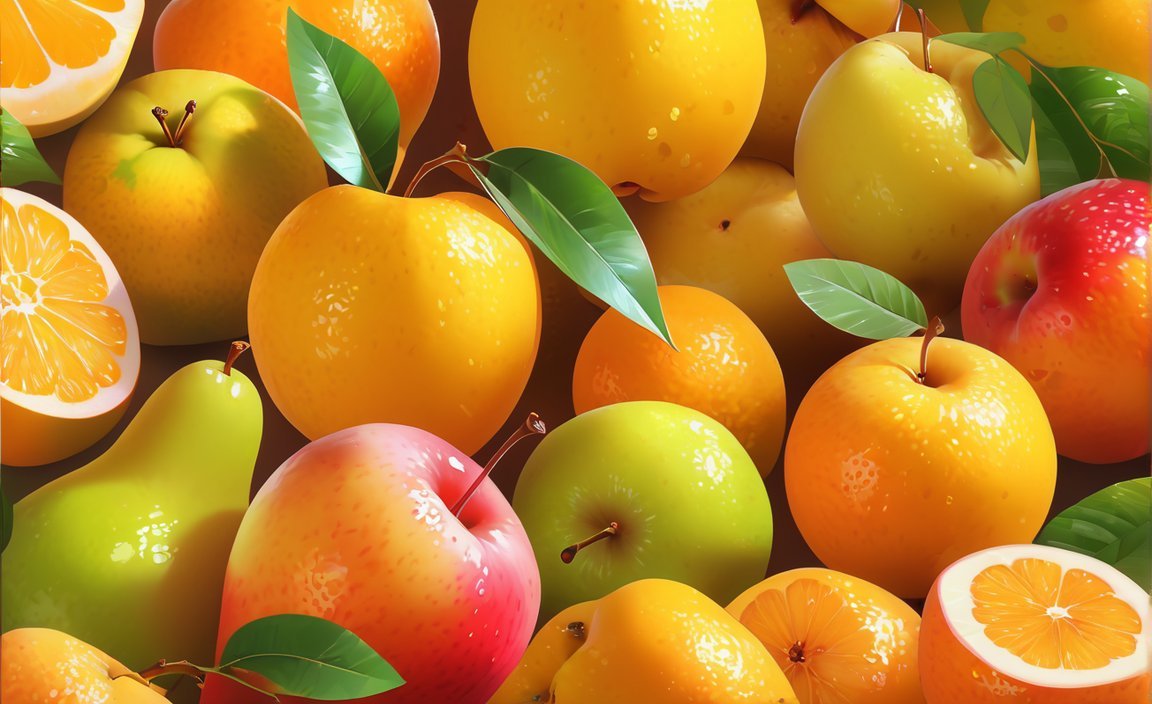
FAQ
Q1: What is the official state fruit of Delaware?
A1: The official state fruit of Delaware is the strawberry.
Q2: When was the strawberry designated as Delaware’s state fruit?
A2: The designation of the strawberry as Delaware’s state fruit was made in 2010.
Q3: What makes Delaware strawberries unique?
A3: Delaware strawberries are specifically bred for taste rather than size or shelf life.
Q4: What other state food symbols does Delaware have?
A4: In addition to strawberries, Delaware has adopted peach pie as the official state dessert.
Q5: Where can I find more information about Delaware’s state fruit?
A5: You can find more information about Delaware’s state fruit, including its significance to the state’s agricultural industry, on the websites StateSymbolsUSA.org and eReferenceDesk.com.
- China II Review: Delicious Food & Speedy Service - April 17, 2025
- Understand Virginia’s Flag: History & Debate - April 17, 2025
- Explore Long Island’s Map: Unique Regions & Insights - April 17, 2025
